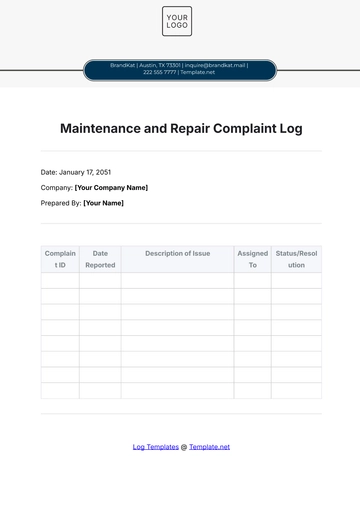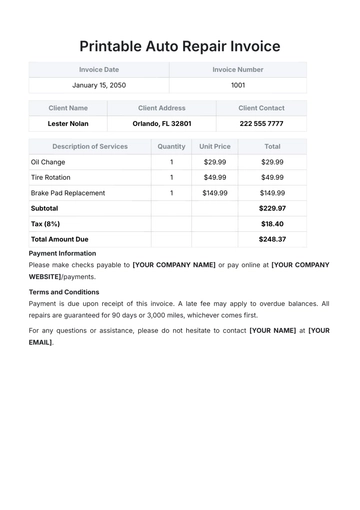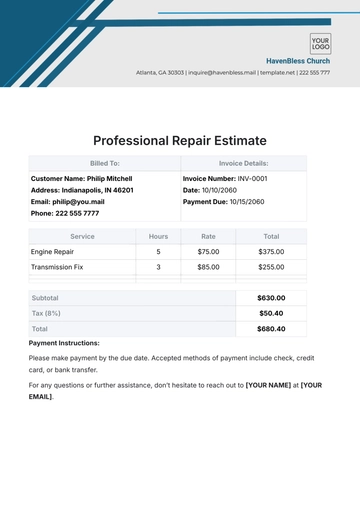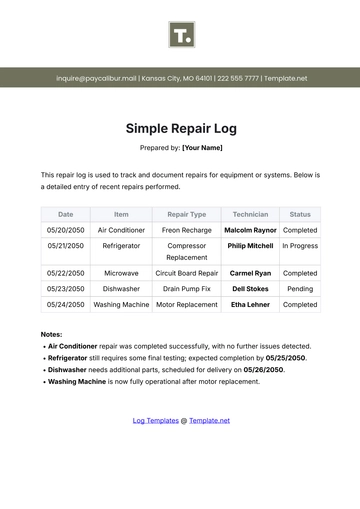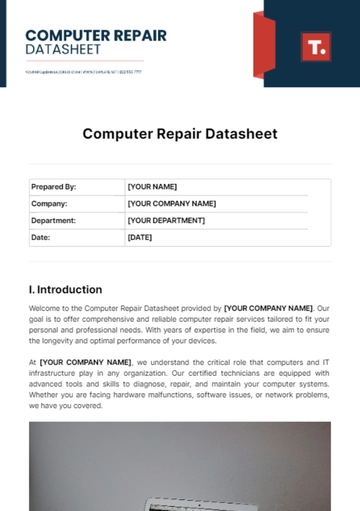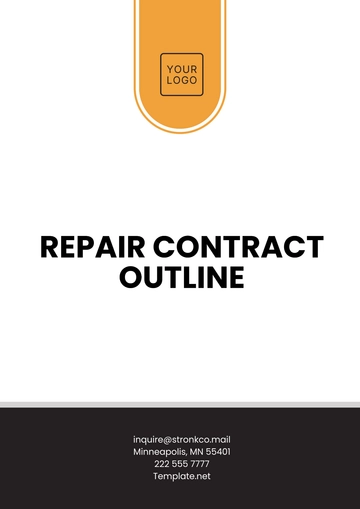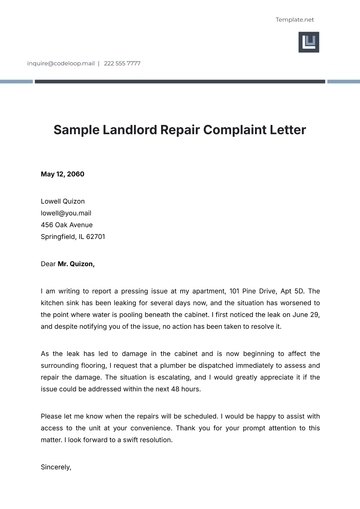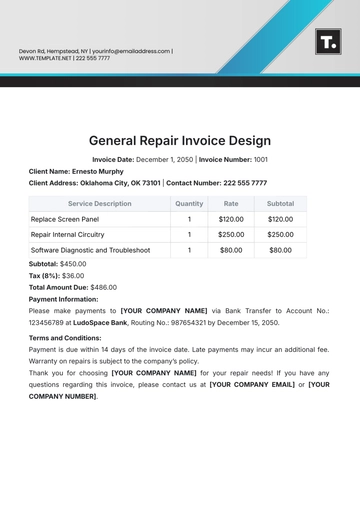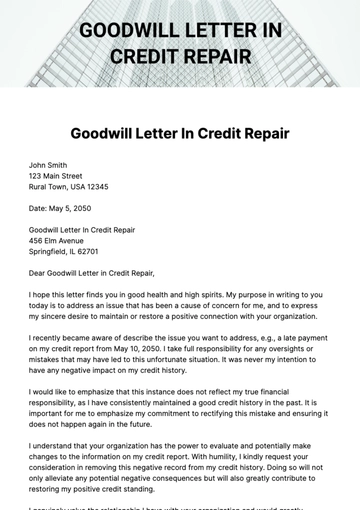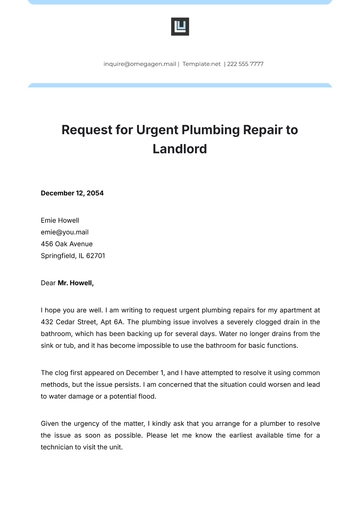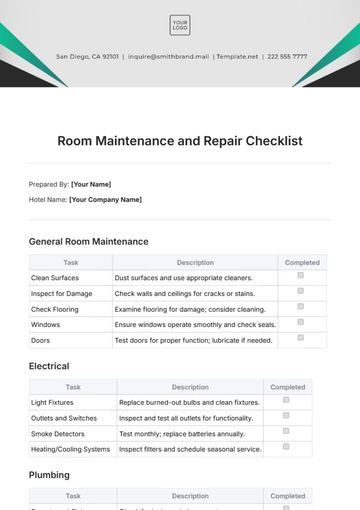Free Slap Repair Protocol

Name: | [YOUR NAME] |
|---|---|
Company: | [YOUR COMPANY NAME] |
Department: | [YOUR DEPARTMENT] |
Date: | [PRESENT DATE] |
I. Objectives
The primary objectives of the SLAP Repair Protocol are as follows:
Optimize the recovery process after SLAP lesion repair surgery
Minimize potential complications such as re-injury, stiffness, or inadequate healing
Empower patients by providing an in-depth understanding of the rehabilitation journey
Standardize post-operative care across healthcare settings
Enhance communication between all stakeholders in patient care
II. Protocol Overview
The SLAP Repair Protocol serves as a vital tool in guiding patients through the intricate rehabilitation process following surgery for a SLAP (Superior Labrum from Anterior to Posterior) lesion repair. This protocol is meticulously designed to encompass various facets of post-operative care, ensuring a holistic approach to recovery.
Key elements included in the protocol are:
Progressive Rehabilitation Plan: The protocol delineates a step-by-step rehabilitation plan, starting from the immediate postoperative period and progressing through various recovery phases. Each phase is carefully structured to gradually restore shoulder function, strength, and range of motion while minimizing the risk of overexertion or reinjury.
Exercise Regimen: Specific exercises targeting shoulder mobility, stability, and strength form the cornerstone of the rehabilitation process. These exercises are tailored to each patient's individual needs and are gradually advanced as the patient progresses through the different phases of rehabilitation.
Precautions and Guidelines: Precautions and guidelines are outlined to mitigate the risk of complications and ensure optimal healing. This may include restrictions on certain activities or movements during the initial stages of recovery to protect the surgical repair and promote tissue healing.
Patient Education: The protocol emphasizes the importance of patient education, providing detailed information about the nature of the SLAP lesion, the surgical procedure performed, and what to expect during the recovery process. Patients are empowered with knowledge about their condition, enabling them to actively participate in their rehabilitation and make informed decisions about their care.
Monitoring and Progress Evaluation: Regular monitoring and progress evaluation are integral components of the protocol. Healthcare providers closely monitor patients' recovery, adjusting the rehabilitation plan as necessary based on individual progress and any specific challenges encountered during the recovery process.
Communication and Collaboration: Effective communication and collaboration among healthcare providers, including surgeons, physical therapists, and other members of the healthcare team, are facilitated by the protocol. Clear guidelines and expectations ensure seamless coordination of care and optimize patient outcomes.
III. Procedure
Specify the step-by-step procedure including guidelines for exercises, activities, and precautions that need to be followed for an optimal recovery. Details regarding the timelines for initiating and progressing different activities need to be provided. Provide detailed guidance about the type, frequency, duration, and intensity of exercises to be performed during the rehabilitation phase.
IV. Data Collection
Detail how data related to patient progress will be systematically collected, recorded, and analyzed. This could include functional assessments, pain ratings, range of motion measurements, and strength testing, among others.
Illustrate the data collection tools and techniques that will be used. Also explain how the collected data will be used to monitor progress, modify treatment plans, and communicate with other healthcare providers.
V. Safety Considerations
Detail the safety considerations that need to be kept in mind during the rehabilitation process. Include specifics about contraindications or precautions for certain activities or exercises.
Detail the measures in place to reduce risk and avoid complications like re-injury, stiffness, or inadequate healing. Also, discuss the important role of patient education in ensuring safety and preventing complications.
VI. Expected Results
Provide detailed guidance about the expected results at different stages of recovery. This could include improvements in pain, range of motion, strength, and ability to perform daily activities. Explain how individual factors such as patient compliance, age, medical history, and the severity of the injury can influence the expected results.
VII. Conclusion
Summarize the key points of the protocol and emphasize its importance in ensuring an optimal recovery following SLAP repair surgery.
Stress the importance of adherence to the protocol for achieving optimal recovery and for minimizing the risk of complications. Encourage patients to actively participate in their care by adhering to the protocol and communicating effectively with their healthcare provider.
- 100% Customizable, free editor
- Access 1 Million+ Templates, photo’s & graphics
- Download or share as a template
- Click and replace photos, graphics, text, backgrounds
- Resize, crop, AI write & more
- Access advanced editor
Discover the ultimate solution for post-SLAP surgery rehabilitation with the SLAP Repair Protocol Template from Template.net. This editable and customizable template, accessible in our AI Editor Tool, provides a comprehensive framework for optimal recovery. Streamline your rehabilitation process with clear guidelines and tailored exercises for accelerated healing.

